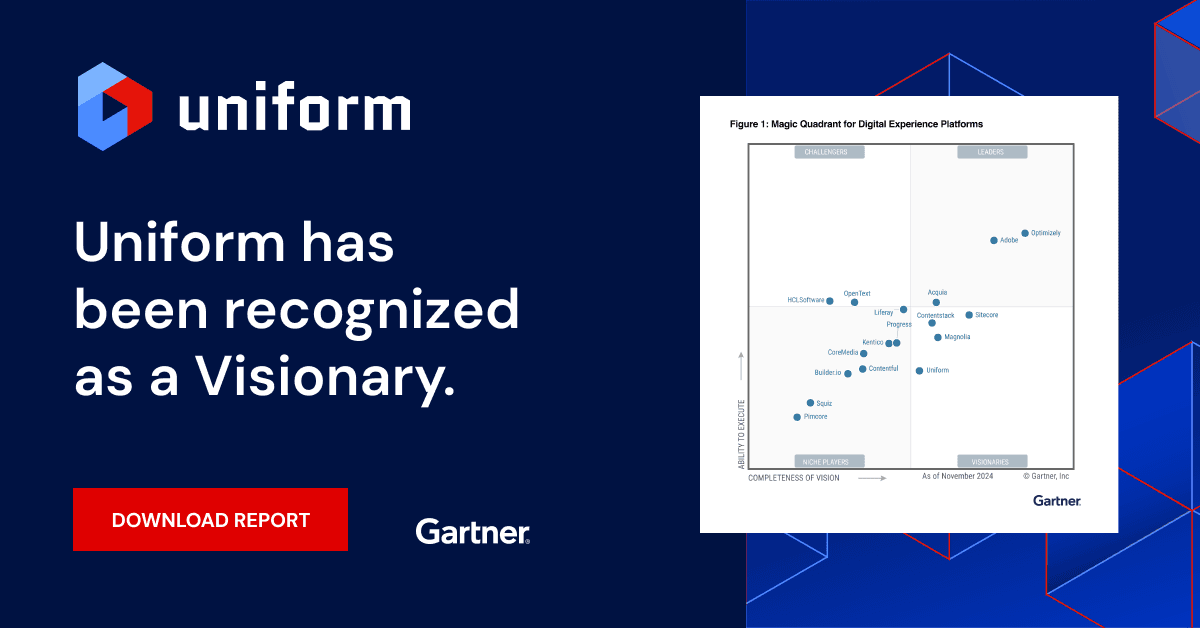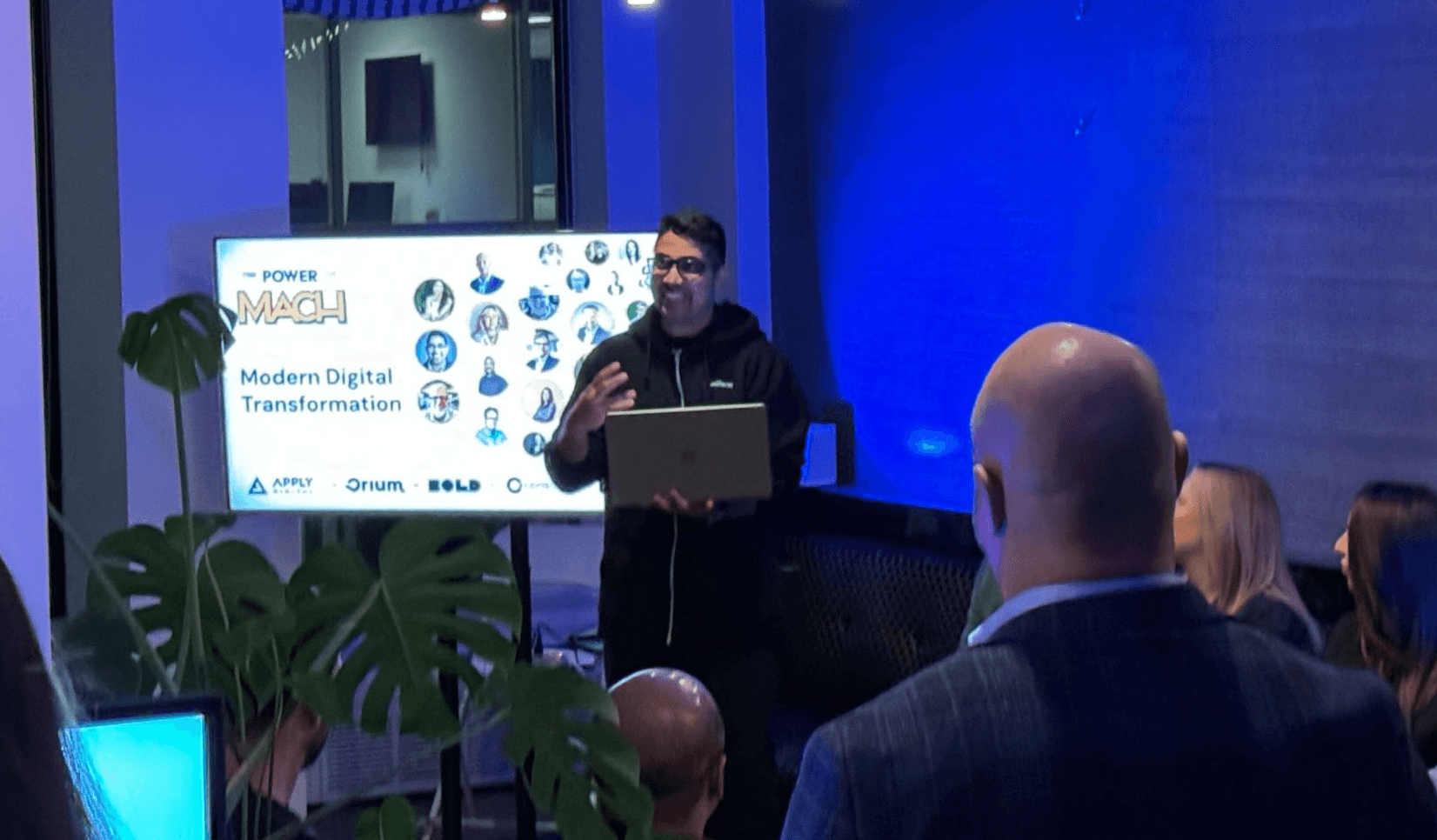In the martech ecosystem, orchestration and automation are popular concepts. Frequently deemed interchangeable, they often show up in the same email threads, sales decks, thought-leadership articles, and POV analyses.
However, as related as orchestration and automation are in the digital-experience universe, their tools serve unique functions. This post delineates the ways in which automation and orchestration come together in a martech stack.
Both orchestration and automation tools enhance workflow, aka process, for completing a task. Workflows are paramount in computer systems.
For marketers of digital experiences, a workflow might involve researching personas, brainstorming ideas, and writing copy. For developers, it would mean coding, managing images, personalizing pages, and testing performance. Those tasks require both human efforts and software tools.
What does it mean by automating or orchestrating a workflow? In a nutshell:
- Automation refers to the scenario in which a machine or computer system performs some or all of a workflow’s tasks.
- Orchestration is about getting workflows to work together to achieve a certain goal.
To effectively automate a workflow for composition of digital experiences, you must have an in-depth knowledge of the related rules and the steps involved. In particular, these are questions to ask:
- Who is the audience for your digital experiences?
- What channels are the experiences for?
- What are the types of media, e.g., images, videos, etc., you plan to incorporate?
- Where does your content come from?
- What systems do you use for the various steps?
Even though you can automate a simple workflow within a system or complex workflows for disparate systems, you cannot automate everything. Oftentimes, manual steps are required at some point, such as when selecting the most appropriate content. Even if you fully automate workflows with AI and the like, circumstances arise in which human decisions are necessary.
Also, be sure to acquire a complete understanding of a workflow before automating it. The people who routinely perform that workflow might not have documented all the steps, or they might have omitted important nuances.
Orchestration in computer systems usually means ensuring that APIs work together to support downstream systems, which can then function as a single system. . Orchestration through APIs can occur at the front end, i.e., the user interface; or the back end, i.e., the rest of the system.
Accomplishing that usually requires a new layer to consolidate API calls. In back-end orchestration, for instance, such a layer might sit on top of your database API, an API that talks to a
CMS, and another one that interfaces with a CRM, controlling and coordinating (or orchestrating) the calls to those different APIs.
Even though orchestration used to focus on APIs, you can also apply it to other places, such as the production process for the digital experience. Instead of orchestrating APIs or data, you actually orchestrate business applications so that your teams can access different systems as if they were on one system.
- The aim of orchestrating business applications is the same as doing that for APIs: to render irrelevant the fact that multiple systems might be involved in a workflow because teams can focus on the task itself rather than the systems in use.
- Subsequently, teams can incorporate features from an external system into the user interface. For example, content authors can configure classification and personalization without leaving the interface for authoring or managing content.
While automation is the bedrock of many martech solutions, orchestration is an innovative approach for marketers. With the growth of
composable architecture, brands are leveraging more business applications so orchestrating across them is essential for boosting team productivity. Understanding the differences between automation and orchestration can prepare technology decision-makers to pick the right products to support their workflows now and in the future.
Ready to add orchestration to your martech stack? Contact Uniform for a
demo.





.png&w=1080&q=90)
.png&w=1080&q=90)
.png&w=1080&q=90)